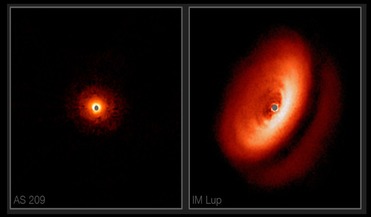 11 April 2018
Revealing planet formation processes with SPHERE
11 April 2018
Revealing planet formation processes with SPHERE
... instrument makes SPHERE an ideal device in which to photograph the dusty nurseries which foster the growth of planetary systems. Taking a photograph (or a direct image as it is referred to) of a dusty disc around a young star is incredibly difficult...
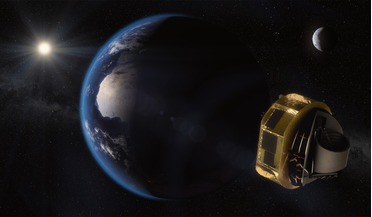 23 March 2018
ESA selects ARIEL to look closely at exoplanets
23 March 2018
ESA selects ARIEL to look closely at exoplanets
... atmospheres. Data collected from the mission should help enable scientists answer fundamental questions such as how planetary systems orbiting different types of stars, form and evolve to produce the myriad of exoplanets we see today. Since the...
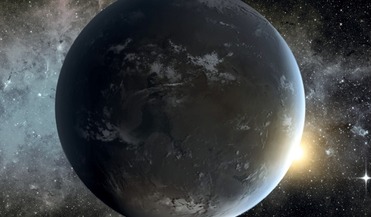 October 2019
Are we prepared for SETI discovery?
October 2019
Are we prepared for SETI discovery?
... really an exception in an immense but uninhabited universe full of galaxies, each with billions of stars surrounded by planetary systems? Modern astronomy has proved that, firstly, there is plenty of space available in the universe for evolving life...
 August 2016
Polish Space Agency pursues task of developing country’s space expertise
August 2016
Polish Space Agency pursues task of developing country’s space expertise
.... His work, On the Revolutions of the Heavenly Spheres, describes in detail the heliocentric theory of our planetary system. In the 16th and 17th centuries Johannes Hevelius (mathematician and astronomer) and Kazimierz Siemienowicz (engineer, rocket...
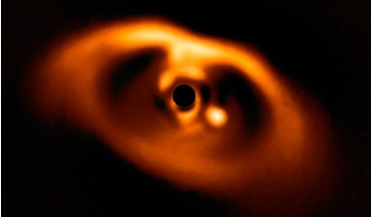 02 July 2018
Baby planet in dusty disc finally caught on camera
02 July 2018
Baby planet in dusty disc finally caught on camera
...-infrared to discover and characterise new exoplanets and planetary systems, while DISK explores known, young planetary systems and their circumstellar discs to study the initial conditions of planetary formation and how these evolve to form fully...
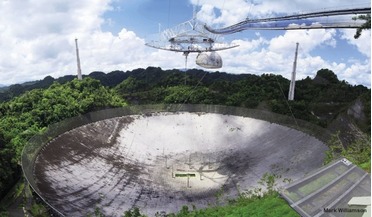 July 2021
Arecibo - an astounding legacy
July 2021
Arecibo - an astounding legacy
... as 425C at the planet’s surface. The discovery of the first exoplanet was also made in 1992; it was part of a planetary system of at least three Earth-like planets around the millisecond pulsar PSR 1257+12. 1997 marked a second major...